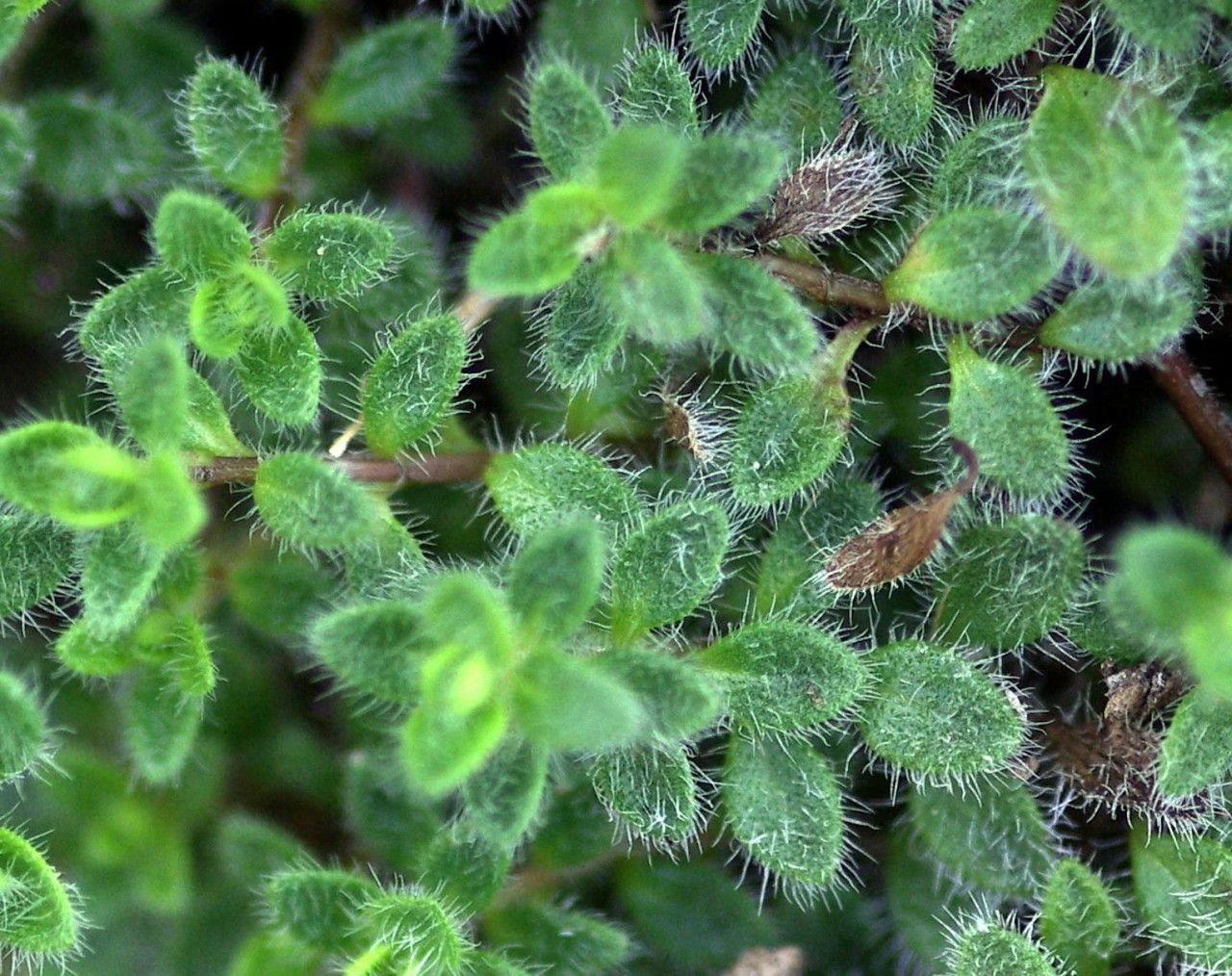

This can be done by covering the lawn turf with clear plastic for one to two months during the heat of summer. Keep kids and pets off the lawn until the herbicide has dried.) orĬ) Smother the lawn: If you can wait 6 months or longer, the old lawn can be killed by covering it with alternating layers of corrugated cardboard and compost laid down about 6” deep orĭ) Solarize the lawn by killing it with heat from the sun. (While repeated, widespread use of glyphosate can be damaging to the environment, healthy soils are capable of breaking down any residual chemical from a one-time use. You can kill or remove the old lawn in several ways:Ī) Strip off the old turf grass with a sod cutter and kill off any remnants of lawn around the edges ORī) Kill the existing lawn, by spraying it with a one-time application of systemic glyphosate 14 days or longer prior to planting. It does not store any personal data.IF REPLACING AN EXISTING LAWN, FIRST REMOVE THE OLD LAWN The cookie is set by the GDPR Cookie Consent plugin and is used to store whether or not user has consented to the use of cookies. The cookie is used to store the user consent for the cookies in the category "Performance". This cookie is set by GDPR Cookie Consent plugin. The cookie is used to store the user consent for the cookies in the category "Other. The cookies is used to store the user consent for the cookies in the category "Necessary". The cookie is set by GDPR cookie consent to record the user consent for the cookies in the category "Functional". The cookie is used to store the user consent for the cookies in the category "Analytics". These cookies ensure basic functionalities and security features of the website, anonymously. Necessary cookies are absolutely essential for the website to function properly. It is a great herb to cook with, adding flavour to a variety of dishes, especially fish. It can be used as ground cover in the herb garden, herbaceous borders, or even as an alternative to a lawn.

Thyme is a great plant to have growing in the garden. During the summer, and organic liquid feed such as seaweed will be necessary every fortnight. Thyme will thrive if grown in a container, and requires no extra attention.

Simply remove the sprigs using scissors or secateurs. However, its leaves taste best in June and July. Thyme may be harvested throughout the year. At this stage it should be dug up and divided to make new plants. A mulch of organic matter such as leafmould, well-rotted animal manure or homemade compost placed around the roots in autumn will protect thyme from severe frosts and deliver a moderate amount of nutrients throughout the year.Īfter 3 years, thyme will become woody and produce fewer leaves. Water only in very dry conditions and avoid feeding (too many nutrients can cause thyme to grow leggy and lose its flavour). Once established, thyme requires very little attention. The new plants should be robust enough to harvest the leaves from late summer. Place each new plant back in the ground and water thoroughly. Then gently tear the plant into 3 or 4 pieces, each with sufficient roots and foliage to grow independently from the main plant. Simply dig it up in early spring and remove as much soil as possible from the roots. To divide thyme, choose a healthy plant at least 3 years old.
#WOOLLY TYME FULL#


 0 kommentar(er)
0 kommentar(er)
